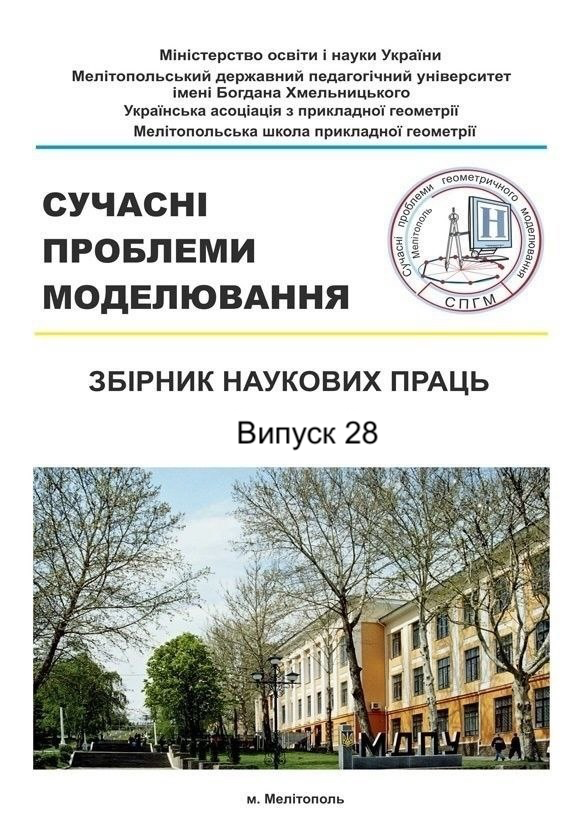INFLUENCE OF SURFACE INCLINATION ON THE STABILITY OF CONCRETE MIXTURES IN MONOLITHIC STRUCTURES
Abstract
The article addresses a pressing issue in modern construction — ensuring the uniform distribution of concrete mix on inclined and curved surfaces of monolithic spatial structures. Given the widespread adoption of innovative architectural solutions and the use of shell forms in contemporary construction, there is a growing need for scientific justification of concrete placement processes on complex surfaces. An analytical model is proposed, which takes into account the influence of surface inclination, shear yield stress, dynamic viscosity of the concrete mix, and velocity gradients on the nature of its movement and distribution. Special attention is given to identifying critical zones where local deformations are likely to occur, potentially compromising the strength and durability of the concrete layer. As the inclination angle increases, the gravitational force component along the formwork surface grows, increasing the risk of the mix sliding downwards. Maintaining a balance between the physical properties of the mix (particularly its viscoplasticity) and the surface geometry is crucial. The paper presents the equation of motion for concrete mix on an inclined base, with key parameters including layer thickness, inclination angle, depth of a point relative to the top edge, and the shear yield stress. Solving this equation yielded an analytical expression for calculating the critical inclination angle at which the concrete mix transitions into a flowing state. The article provides a comparative analysis of traditional and innovative methods for forming monolithic structures. It is shown that the efficiency of concreting depends not only on the properties of the mix but also on the precise consideration of gravitational effects, surface geometry parameters, and formwork characteristics. Pneumatic technology demonstrates promising potential for rapid assembly of geometrically complex concrete structures. The results of this study lay the scientific foundation for future work in modeling the behavior of concrete mixes on non-standard surfaces, optimizing technical solutions during the concreting of complex architectural forms, and enhancing the reliability and longevity of buildings.
Keywords: critical deformations, monolithic spatial coatings, defect prevention.




